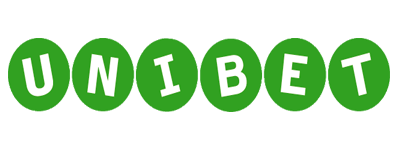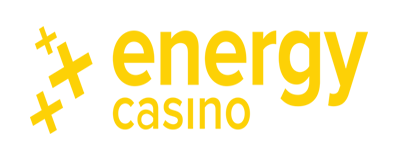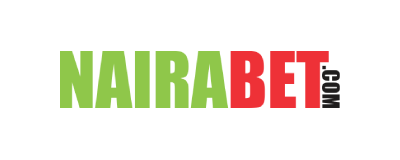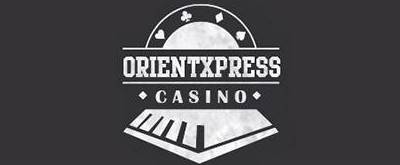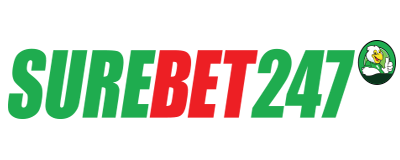 Top Casinos April 2025
Top Casinos April 2025Sports betting is not about luck in the long run. Naija sports betting is about processing data to useful information and take informative decisions. Like online poker, online betting is all about skills.
No professional football bettor would disagree when we talk about the importance of understanding the odds for a game… here is the key to go from a moderate bettor to a pro.
Our brain doesn’t always accept what we see. In the examples below we will tell more about that. KEEP ATTENTION, this is important to understand…
The Monty Hall problem
Mathematics is supposed to be logical, and the math never lies. Sometimes however it’s difficult to accept what the math is telling us though. Let’s illustrate this in the famous Monty Hall dilemma.
Monty Hall was a popular game show where the contestant would choose 1 out of 3 doors. Behind one door was a dream car. Behind the other 2 there were a goat. The contestant first chose one door. Then Monty Hall would open one of the other doors to find a goat.
Then Monty Hall would ask the contestant if he/she wanted to keep the chosen door or switch to the other remaining door. What were the odds to get it right? Just a hint… You should always switch the door… here is why:
(Sometimes it’s easy with a video: check this out!)
The probability to get the right door was 1/3 in the first round. Let’s say the contestant choose door #1. The game show was unbiased, which means that it’s the same probability of the car behind each door: 1/3 or 33% change to win!
When Monty Hall opens one empty door the fundamental conditions change however. Now there are 2 doors to choose from. Is it 50% chance that door #1 is correct then? The answer is NO. The chance is still 1/3 that the contestant made the right choice.
Is it really true?
It was 1/3 that #3 was correct to begin with and 2/3 that either #2 or #3 were correct. If you had had the choice to choose door #1 or door #2 and #3. Which choice would you have made? Naturally you’d have taken #2 and #3 because it would have given you 2/3 chance to win.
These chances have not changed. It’s still 1/3 chance you made the right choice to begin with (door #1). If Monty Hall opened the empty door #2 you might think that you now have a 50/50 situation. It would be true if a new contestant started playing with no prior information about 3 doors.
Here comes the answer…
You have more information however, information about the empty door #2. The probability that door #1 is correct is still 1/3. It means that the probability that door #3 is correct is 2/3.
Would you switch? Would you like to double your chances to win? YES! You should always switch! Always switch if that means better odds of winning. That’s how a professional bettor would think. SWITCH DOORS!
Our brain has generally a hard time accepting this problem. BUT, we have a choice… we can choose again, then it should be 50/50 that we are correct… It is, if you flip a coin about what to choose… But not because the odds suddenly are higher for door #1, but because you have a chance to choose door #3.
Still hard to believe the truth?
Let’s make another example. Let’s say there are 100 doors. You choose door #1. Then Monty Hall opens 98 doors with a goat. (Except from a load noise from 98 goats) You now have a lot of data to process to information.
The probability that door #1 is correct was 1%. The chance it was any other door was 99%. RIGHT? Let’s say that door #14 (it could be any other number) is still closed.
How do you think now?
You know that you had 1% chance to choose the correct door out of 100. It could be the correct door. Of any other door only #14 is left. It means that the chances that door is correct is 99/100 or 99%. It could still be the wrong door, if you picked the right door out of 100, hence the 99% probability.
You have a lot of information about door #14! This is not a 50/50 situation. If somebody, that was in the bathroom when you picked #1 and Monty Hall opened 98 doors, would pick now… it’s a 50/50 chance he chooses the correct door. But it’s not 50/50 that door #1 is correct. It’s 50/50 that he chooses door #14!
Do you see the difference?
Wow, that was fun! If you want to read more you find it at Wikipedia. What is important to understand from the Monty Hall problem is that our mind plays tricks on us… To understand how probability works we need to keep own perception in mind.
Let’s continue challenging our minds to better understand probability to beat the odds with the birthday problem.
What is the Birthday problem?
The birthday problem is just one example where math can show that things that seem impossible, like winning the lottery TWICE, aren’t unlikely at all. Sometimes coincidences are not as coincidental as they seem. Let’s illustrate that too.
What is the probability that two kid are the same age in a class? How many kids do we need to have a 50% chance? There are 365 days in a year… so quite a lot? NO?
In fact, you need only 23 kids in a class to get 50% of two sharing the same birthday. How do you it?
Let’s flip the problem. What are the chances none in the class share a birthday?
Chance of match + chance of no match = 100%
Chance of match = 100% - Chance of no match
What are the chances that just one pair don’t match? It’s 364/365. If it’s two people, it’s 363/365… The mathematical equation would look like this:
Difficult? To make it more understandable:
Chances of match = 365/365 _ 364/365 _ …. * 343/365 = 0.50
Then you can just calculate the number of ratios. (the first one 365/365 is the single first person). It adds up to 23 people.
You can easily do the same calculation for 99,9%. Just continue adding up (or let a calculator solve the equation). The answer then becomes 70.
Our brain is notoriously bad at calculating none linear equations. A group of 5 people share 10 pairs (4+3+2+1). A group of 10 has 45 pairs and if there are 23 people they have 253 pairs.
What we can learn from the birthday problem is that things are not always what they seem to be. If we understand math we can start calculating odds, and few people really do this. It would give you an advantage in beating the Naija sportsbooks.
Does it sound hard? It’s not super easy… but it’s definitely doable… and practice makes perfect! If you want to be a professional bettor… This is a good way to go!
Example of how to beat the odds
With the right information you can beat the odds. A famous example of that is the Hole-In-One Gang. John Carter and Paul Simmons were two clever punters with a special interest for golf.
Hitting a Hole in One is a dream for every golfer. Something that few of us ever encounter however. On the professional tour it’s more common than you think though. In 1991 before the time of online betting John and Paul discovered the exceptionally high odds for hole in ones in tournaments.
They made their own calculations based on historical data. According to their results the chances of a hole in one in any given tournament was close to 50%. During 1991 they travelled around the country, placing bet at any tournament they could find.
The bookie didn’t have the same information as John and Paul. Instead the bookies often made their own odds, and since everyone “knows” how unlikely it is to hit a hole in one they gave John and Paul good odds.
In fact, the odds spread were between 4 to 101. Compare to John and Pauls own calculations these odds gave them tremendous value on each bet.
The reward? In 1991 alone they won over £500K! Not bad for just betting on gold… oh, we meant GOLF!
Conclusions
In this article we have tried to show the power of math. If you can be creative and put your math skills in place you have a good chance to beat the odds. In our article VALUE, you can read more about the value of a bet.
To beating the bookies you need to see value where they don’t. Don’t let the Monty Hall problem or the birthday problem foul you. Take advantage of them instead… Because you know about them now… You know that the bookies can make mistakes too. This is one tool is your arsenal to become a PRO!
Be Happy, Get lucky!
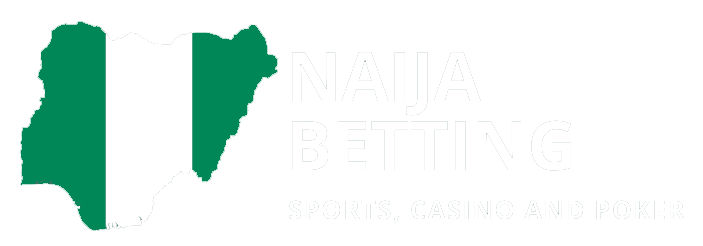
 Subscribe
Subscribe 
 What Is Probability?
What Is Probability? Licensed
Licensed Expertly Reviewed
Expertly Reviewed Mobile Friendly
Mobile Friendly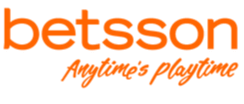
 Claim Bonus
Claim Bonus
